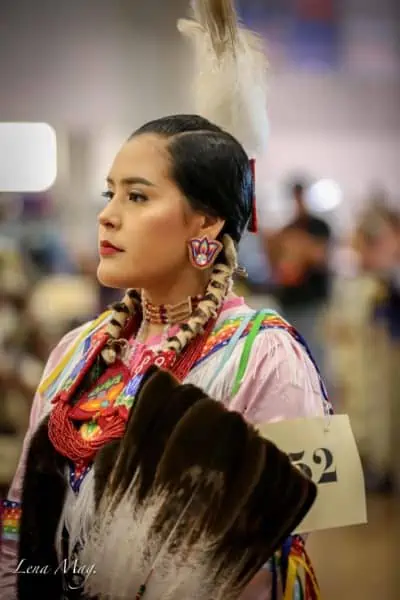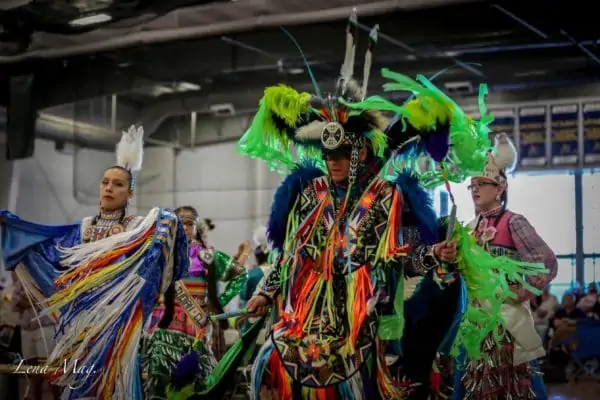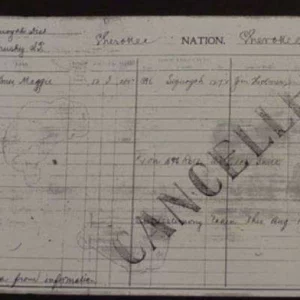Imagine it's your first time at a pow wow and you have your camera with you. What would you take photos of?
Recently photographer Lena Magliacano found herself attending her first pow wow ever and she did what she naturally does best, captured brilliant moments in time. She's originally from Iceland, having only lived in the United States for 8 years now, so she was definitely interested in seeing what a pow wow was all about.
“The pow wow I went to in Overland Park, Kansas was the first one I've ever been to…I took my camera with me in case I wanted to get some photos and I ended up LOVING the experience, seeing all the different outfits on the people. It was amazing and I want to know every time a pow wow is in Kansas. I'm going to do what ever it takes to come there so I can take even better photos.
Great shots Lena! And I love that you had a great time and enjoyed the pow wow. We hope this is not the end of your pow wow experience!
You can check out her other photography work at https://www.lenamag.com/
Last Updated on February 14, 2024 by Paul G


























S. Smalley
says:I like these photographs because, to me, as a person who was raised with a bit of of nervousness around all things Indigenous Culture, I think that having more visibility (i.e. in respectful news media,) to the photos of Pow wows (and the people who attend,) would help to make the idea of going to Pow wows less scary to the uninformed, the people who are not of Indigenous Cultures (and may have been trained with an innate uncertainty around it). For a person of non-First Nations heritage, seeing these images makes me more likely to go to a Pow wow if one was available in my area and not shy away due to fear of not belonging or fear of less main-stream practices that I am uncomfortable with, i.e. the use of sweetgrass in an incense style burning. By having public Pow wows that are truly meant for everyone, then you create an atmosphere where communication and respect are more likely. I never understood that the long hair meant something of import to First Nations people until I saw “Bury My Heart At Wounded Knee.” I never understood that, not only had blood been spilled in the wars between the Indigenous peoples and the people who won the wars over them, but that it had been done in such a disrespectful manner to the humanity of the people.
Many indigenous cultures, it seemed, suffered from the disrespect of whole nations, not just small tribal or national groups, resulting in wholesale slaughter of the First Nations without respect to their dignity and humanity as people. It seems, from that movie, that, in the name of a version of a religion, a lot of destructive practices were justified and forgiven. That is wrong, and most of us know that humans ought to be treated humanely, regardless of race, religion, or ethnic heritage.
If we can come up with a balance that both first nations and non-Indigenous peoples can come together over, I think that it would be a first step to work towards what we all ought to ultimately want, truth and then reconciliation.
I appologize if my imperfect wording is inaccurate above, I am only giving an opinion from someone without a lot of schooling, so, I don’t have the prettiest way of saying things.
Craig Apelbaum
says:I’ve been to many pow wows. I only take a photo or video if it’s permitted.
If it’s prohited. Then no.